From Protest to Revolution: Nepal’s Gen Z Demands Justice
On September 9, 2025, Nepal’s capital, Kathmandu, witnessed an unprecedented escalation of youth-led protests that had begun the previous day. What started as a peaceful demonstration against government corruption and a controversial social media ban transformed into a nationwide movement demanding systemic change.
The Spark of Day 2
The protests intensified following the tragic events of the previous day, where at least 19 individuals were killed, and over 300 injured during clashes with security forces Human Rights Watch. The government’s use of live ammunition against unarmed students in school and college uniforms drew widespread condemnation and fueled the anger of the youth.
Despite curfew orders and heightened security measures, thousands of young Nepalis took to the streets on the second day, chanting slogans like “Don’t kill students” and “Justice for Shreeyam” a reference to 19-year-old Shreeyam Chaulagain, who was fatally shot while returning home from college The New Indian Express.
Escalation and Symbolic Actions
Protesters breached and set fire to several government buildings, including the Parliament and the International Convention Centre in Kathmandu. The symbolic act of setting ablaze the seat of power underscored the depth of public disillusionment and the demand for accountability Wikipedia.
The protests were not confined to the capital. Demonstrations erupted in various districts, including Lalitpur, Chitwan, and Pokhara, with protesters targeting the residences of former Prime Ministers Pushpa Kamal Dahal and Sher Bahadur Deuba The New Indian Express.
Government Response and Political Fallout
In response to the escalating unrest, Prime Minister K.P. Sharma Oli resigned on September 9, 2025. His resignation came amid mounting pressure from the public and the international community, who condemned the government’s handling of the protests and the use of excessive force Al Jazeera.
The resignation did little to quell the anger of the protesters, who viewed it as insufficient. Calls for broader political reforms and the establishment of a new government that truly represents the people’s will gained momentum.
The Road Ahead
As Nepal grapples with the aftermath of these historic protests, the youth-led movement continues to demand justice for the fallen and systemic reforms. The events of September 8 and 9 have not only reshaped the political landscape but have also ignited a nationwide conversation about accountability, governance, and the power of youth activism.
The coming days will be crucial in determining the direction Nepal takes. Will the government heed the demands of its citizens, or will the unrest continue to escalate? Only time will tell, but one thing is certain the youth of Nepal have made their voices heard, and they are not backing down.
Share this content:
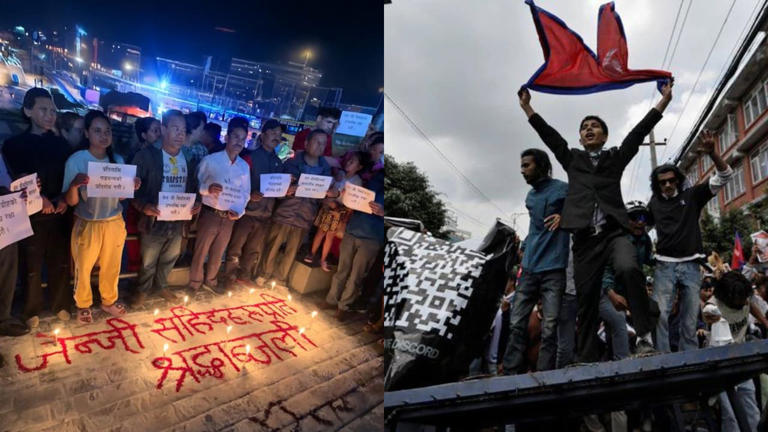

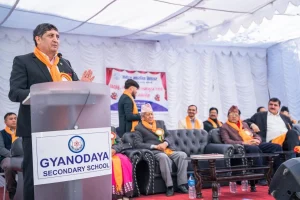
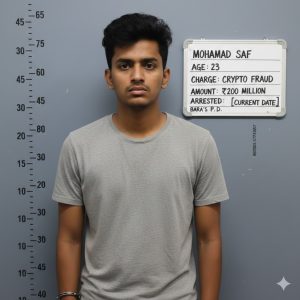
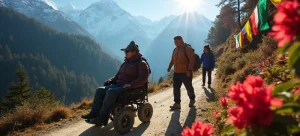
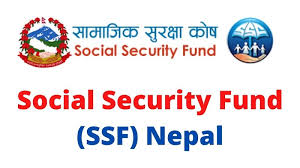
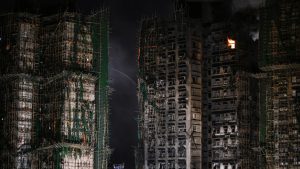

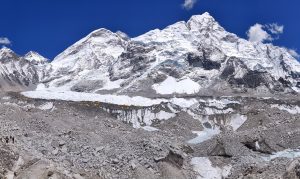


Post Comment